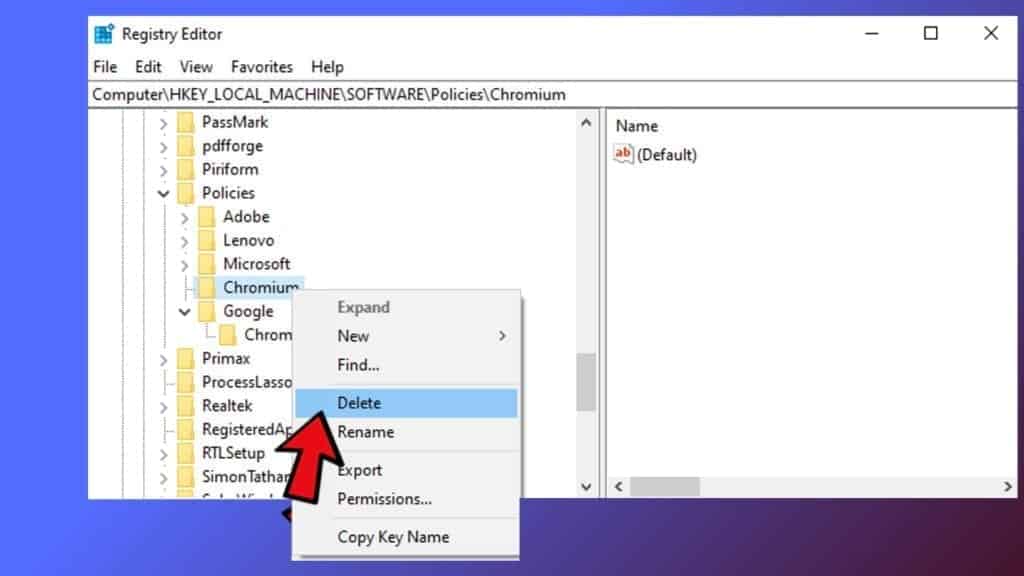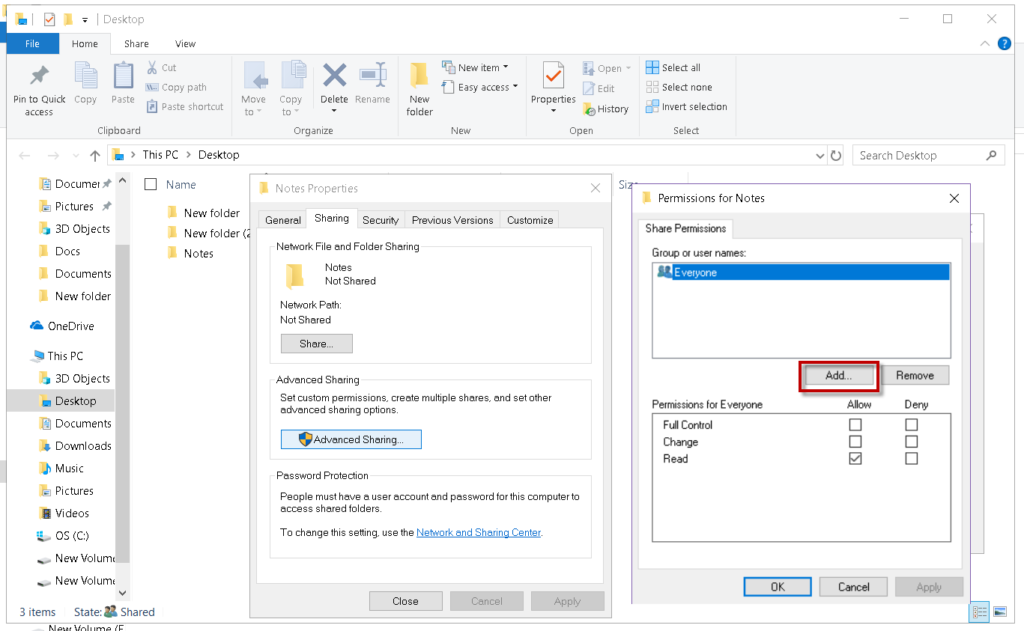

WINDOWS 10 PERMISSIONS RESET THEMSELVES WINDOWS
It is also referred to as Windows integrity control (WIC) or Windows integrity level (WIL), but we will call it IL throughout this guide. Starting with Windows Vista and Server 2008, Microsoft introduced mandatory integrity control (MIC)-a form of MAC-to add an integrity level (IL) for most objects in Windows. In mandatory access control (MAC), permissions are defined by policy-based fixed rules and generally cannot be overridden by users. Mandatory access control or integrity levels ^ You will learn more about permission types and how inheritance works later in this guide. You can see that most inheritance attributes apply only to directories.
WINDOWS 10 PERMISSIONS RESET THEMSELVES FULL
To grant full access, you would just write er:F instead of er:W. For example, to grant er a write permission on file1.txt, you will use icalcs as shown below: icacls file1.txt /grant er:Wĭon't worry about the command if you don't understand it yet I just wanted to show what the letters in parentheses really mean at this point.


The letters in parentheses indicate the short notation you will use with the icacls command when setting a particular permission.


 0 kommentar(er)
0 kommentar(er)
